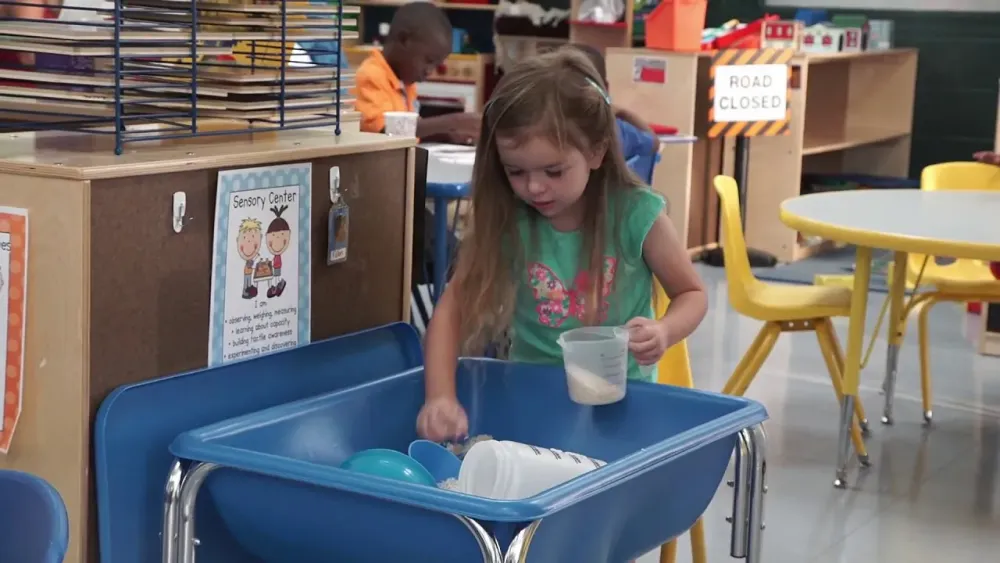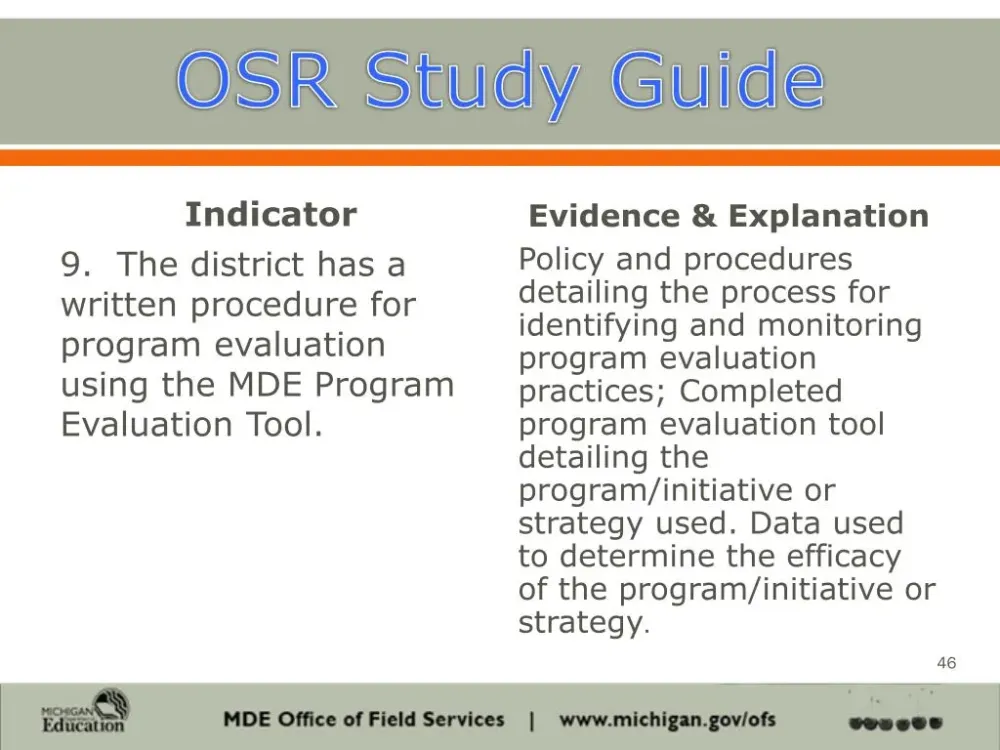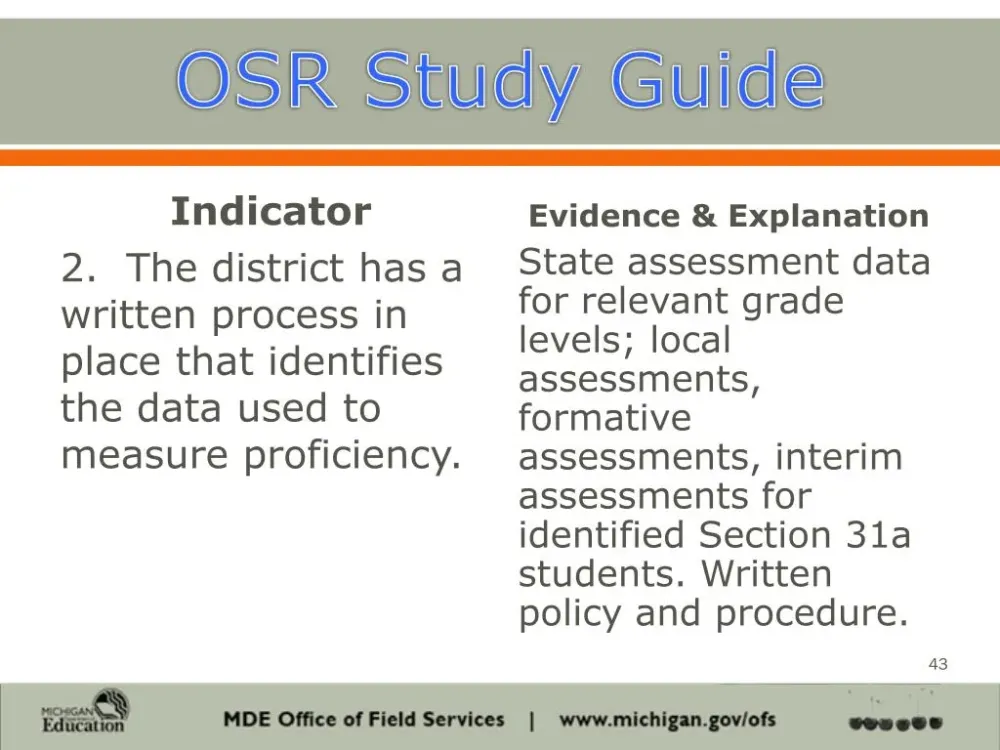Your cart is empty
Understanding OSR Pre-K Guidelines: A Comprehensive Overview

Understanding OSR Pre-K Guidelines is essential for educators, parents, and policymakers aiming to foster quality early childhood education. These guidelines, established by the Office of School Readiness (OSR), provide a framework for developing effective preschool programs that cater to the diverse needs of young learners. By adhering to these standards, stakeholders can ensure that children receive a strong foundation for their academic and social development, setting the stage for lifelong learning.
Early childhood education (ECE) plays a critical role in shaping a child’s future. Research has consistently shown that the formative years, from birth to age five, are vital for cognitive, emotional, and social development. Quality early education programs, such as those aligned with the OSR Pre-K Guidelines, offer children the opportunity to engage in structured learning experiences that promote critical thinking and problem-solving skills. These programs also foster essential social skills, such as cooperation, communication, and empathy, which are crucial for successful interactions later in life.
Furthermore, early childhood education has far-reaching implications for equity and access. Children from disadvantaged backgrounds often enter school with fewer resources and opportunities. By implementing OSR Pre-K Guidelines, educators can create inclusive environments that support all children, regardless of their socio-economic status. This commitment to equity helps to bridge the achievement gap and ensures that every child has the chance to thrive.
In addition, the long-term benefits of early childhood education are substantial. Studies indicate that children who participate in high-quality preschool programs are more likely to perform better academically, graduate from high school, and pursue higher education. They also exhibit lower rates of behavioral issues and are less likely to require remediation in later grades. As such, investing in early childhood education not only benefits individual children but also contributes to the overall well-being of society by fostering a more educated, skilled workforce.
In summary, the importance of early childhood education cannot be overstated. The OSR Pre-K Guidelines serve as a vital tool in promoting high-quality educational experiences for young learners, ensuring that they are prepared for future academic success and equipped with the skills needed to navigate an increasingly complex world.
Key Components of OSR Pre-K Guidelines

The OSR Pre-K Guidelines are designed to create a structured yet flexible framework for early childhood education. Understanding these key components can help educators, parents, and policymakers better support children’s growth and learning. Here’s what you need to know:
- Developmentally Appropriate Practices: The guidelines emphasize activities and interactions that match children’s developmental stages. This means recognizing where each child is in their learning journey and tailoring experiences accordingly.
- Learning Domains: The OSR guidelines cover multiple domains of learning, including:
- Social-Emotional Development
- Physical Development
- Cognitive Development
- Language and Literacy Development
- Math Development
- Creative Arts
- Family Engagement: The guidelines stress the importance of involving families in the educational process. When families are engaged, children tend to perform better, both socially and academically.
- Assessment and Evaluation: Regular assessment of children’s progress is essential. The guidelines suggest using diverse assessment tools to gauge children’s development and adjust teaching methods accordingly.
- Professional Development: Educators are encouraged to pursue ongoing professional development. This ensures they stay updated on best practices and can effectively implement the guidelines.
Curriculum Development for Pre-K Programs

Creating a curriculum for Pre-K programs involves careful planning and consideration of the unique needs of young learners. Here’s a straightforward guide to effective curriculum development:
- Align with OSR Guidelines: Ensure your curriculum aligns with the key components of the OSR Pre-K Guidelines. This will provide a solid foundation for your program.
- Include Diverse Learning Activities: A well-rounded curriculum should offer a variety of learning experiences. Consider incorporating:
- Hands-on activities
- Storytelling and reading sessions
- Music and movement exercises
- Creative arts and crafts
- Outdoor play and exploration
- Integrate Themes: Use thematic units to connect different areas of learning. For example, a “Community Helpers” theme can include activities related to social studies, language arts, and even math.
- Focus on Play-Based Learning: Children learn best through play. Incorporate play-based learning strategies to enhance engagement and understanding.
- Regularly Review and Adapt: Curriculum should not be static. Regularly review and adapt your curriculum based on feedback from educators, families, and assessments of children’s progress.
By carefully considering these elements, you can develop a Pre-K curriculum that fosters a love for learning, nurtures development, and prepares children for future educational success.
Assessment and Evaluation in Pre-K Education
Assessment and evaluation in Pre-K education play a crucial role in understanding each child’s development and learning progress. These processes help educators tailor their teaching methods and ensure that every child receives the support they need to thrive. Here’s a breakdown of some essential aspects:
- Purpose of Assessment: The primary goal is to gauge children’s skills, knowledge, and readiness for future learning. Assessments can identify strengths and areas for improvement.
- Types of Assessment:
- Formative Assessment: Ongoing observations and interactions that inform teaching and support development.
- Summative Assessment: Evaluations at the end of a period to measure what children have learned.
- Tools and Methods: Various tools such as checklists, portfolios, and standardized assessments can be used. Observational assessments are particularly effective in Pre-K settings because they capture children’s natural behaviors in a familiar environment.
- Involving Families: Engaging families in the assessment process is vital. Parents can provide insights into their child’s development and learning at home, further enriching the assessment data.
- Actionable Feedback: The goal is to provide constructive feedback that can guide teaching strategies and help educators create an enriching learning environment.
Ultimately, effective assessment and evaluation in Pre-K education are about understanding each child’s unique learning journey and ensuring that they are well-prepared for their next steps in education.
Supporting Diverse Learners in Pre-K Settings
Supporting diverse learners in Pre-K settings is essential for fostering an inclusive and equitable learning environment. Every child comes with a unique background, culture, and set of abilities, and it’s crucial to recognize and embrace these differences. Here are some strategies to support diverse learners effectively:
- Culturally Responsive Teaching: Incorporating materials and activities that reflect the diverse cultures of the children can make learning more relatable and engaging.
- Individualized Learning Plans: Tailoring education plans to meet the specific needs of each child helps ensure that all learners can progress at their own pace.
- Collaboration with Families: Building strong relationships with families helps educators understand cultural contexts and can lead to more effective support for children.
- Universal Design for Learning (UDL): Implementing UDL principles ensures that all learning materials and activities are accessible to every child, regardless of their learning style or ability.
- Professional Development: Continuous training for educators on diversity and inclusion helps them develop the skills necessary to support all learners effectively.
By actively supporting diverse learners in Pre-K settings, educators can create a nurturing environment where every child feels valued and empowered to learn, setting the stage for future academic success.
Parents’ Role in Early Childhood Education
Parents play a crucial role in the early stages of a child’s education. They are not just caregivers; they are a child’s first teachers. Engaging in their child’s learning journey can significantly impact their development and success in school.
Here are some key ways parents can contribute:
- Creating a Learning Environment: Set up a designated space at home for reading and play. This helps foster a love for learning.
- Encouraging Exploration: Allow children to explore their surroundings. Encourage questions and curiosity about the world around them.
- Reading Together: Establish a daily reading routine. Reading together enhances vocabulary and comprehension skills.
- Active Participation: Attend school events and meetings. This shows children that education is important and valued.
- Building Routines: Consistent routines help children feel secure and understand what to expect. This can include bedtime, meal times, and learning activities.
When parents actively engage in their child’s education, it fosters a strong foundation for lifelong learning. Their support can bridge the gap between home and school, making the educational experience more cohesive and effective.
Resources for Educators and Administrators
Educators and administrators have access to a wealth of resources that can enhance their teaching strategies and improve early childhood education outcomes. Here are some valuable resources to consider:
| Resource | Description | Link |
|---|---|---|
| NAEYC (National Association for the Education of Young Children) | Provides guidelines, best practices, and advocacy for early childhood education. | www.naeyc.org |
| Head Start Resource Center | Offers resources and training for Head Start programs to support low-income children and families. | eclkc.ohs.acf.hhs.gov |
| Early Childhood Learning & Knowledge Center (ECLKC) | Provides information and resources to improve the quality of early childhood education. | eclkc.ohs.acf.hhs.gov |
| Teaching Strategies | Offers curriculum resources and assessment tools specifically designed for early childhood education. | www.teachingstrategies.com |
By utilizing these resources, educators and administrators can enhance their understanding of early childhood education, implement effective teaching strategies, and ultimately improve the educational experiences of young children.
Understanding OSR Pre-K Guidelines: A Comprehensive Overview
The OSR (Office of Student Readiness) Pre-K Guidelines are designed to establish a framework for early childhood education programs. These guidelines ensure that children receive a quality education that prepares them for future academic success. Here’s a breakdown of the key components:
- Curriculum Standards: The curriculum should promote cognitive, social, emotional, and physical development. It should be play-based and culturally responsive.
- Assessment Practices: Regular assessments should be conducted to monitor children’s progress and tailor instruction to meet individual needs.
- Family Engagement: Programs must involve families in the learning process, offering resources and support to help them engage with their child’s education.
- Professional Development: Educators should participate in ongoing training to stay informed about best practices and new research in early childhood education.
- Inclusivity: Guidelines emphasize the importance of inclusivity, ensuring that programs cater to children of diverse backgrounds and abilities.
The OSR guidelines also incorporate health and safety standards to create a secure learning environment. These include:
| Health & Safety Standard | Description |
|---|---|
| Child Supervision | Ensures that children are supervised at all times to prevent accidents. |
| Nutrition | Programs must provide healthy meals and snacks to support children’s growth. |
| Emergency Procedures | Clear procedures should be in place for emergencies, including drills and evacuation plans. |
Understanding and implementing the OSR Pre-K Guidelines is essential for educators and program administrators. It ensures that all children have access to high-quality early education that fosters lifelong learning.
Conclusion: The future of Pre-K education hinges on the effective application of the OSR guidelines, which can significantly enhance children’s readiness for school and life, ultimately shaping a brighter future for communities and society as a whole.
